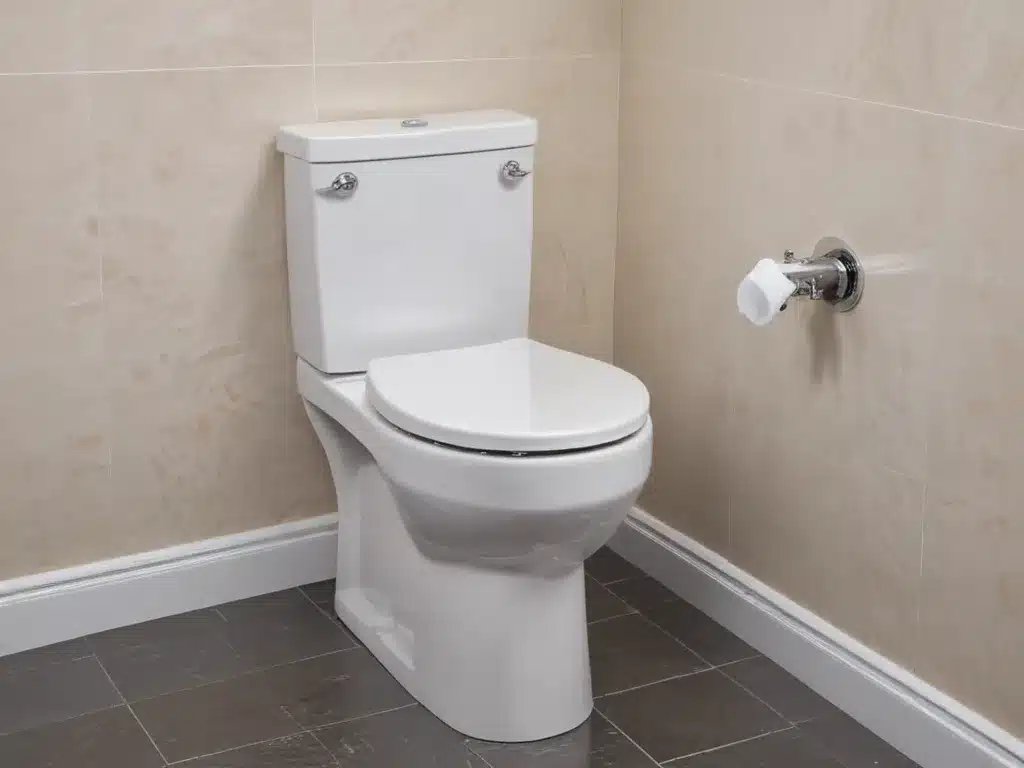Introduction
A clogged or blocked toilet can be incredibly frustrating. As a homeowner, it’s important to know how to unblock a toilet yourself to save time and money on a plumber. In this article, I’ll provide an in-depth guide on unblocking toilets and removing those tough stains.
Preventing Clogs
Prevention is better than cure when it comes to clogged toilets. Here are some tips to help avoid clogs in the first place:
-
Use a toilet plunger regularly. Give the toilet a few plunges every week to keep things flowing smoothly. This can dislodge minor blockages before they turn into full clogs.
-
Don’t flush inappropriate items. Toilets are only designed to flush waste and toilet paper. Flushing things like tissues, wipes, feminine products, cotton balls, dental floss, and other debris can lead to clogs. Always dispose of these items in the trash can instead.
-
Be careful with cleaning products. Don’t pour thick, gel-like cleaners directly into your toilet. The thickness can adhere to the sides and cause buildup.
-
Watch what goes down the drain. Avoid pouring fats, oils, and grease down the sink or toilet drain. Over time these can stick to pipes and cause major blockages.
Unclogging a Blocked Toilet
If you’ve already got a blocked toilet on your hands, here are some step-by-step solutions to try:
Use a Plunger
A plunger is the go-to tool for unblocking toilets. Follow these steps:
- Close the toilet lid and place the plunger over the drain hole in the center.
- Press down firmly and rapidly 4-5 times to dislodge the clog, allowing some water to come back up.
- Repeat several times until the clog clears. Flush to test.
- If this doesn’t work, wait 10-15 minutes before trying again to allow any dislodged debris to settle.
Use a Closet Auger
A closet auger (or toilet snake) feeds a coiled wire down the toilet to break up clogs manually. Here’s how:
- Insert the auger’s corkscrew tip into the toilet drain then turn the handle clockwise while gently pushing down.
- Once resistance is felt (around 3 feet), turn the handle counterclockwise while pulling up to hook onto and dislodge the clog.
- Remove any debris from the wire. Repeat steps until the toilet drains freely.
Baking Soda and Vinegar
Combining these common household products can break down some clogs:
- Pour 1-2 cups of baking soda into the toilet bowl.
- Follow with 2 cups of vinegar – it will fizz and bubble from the chemical reaction.
- Let it sit for 5-10 minutes to work on dissolving the clog.
- Flush the toilet a few times to rinse away debris.
Removing Stains
Toilets can also easily get stained from mineral deposits and hard water, mold and mildew, and just regular use over time. Here are some DIY solutions for removing the most stubborn toilet stains.
Bleach-Based Gel Cleaners
These thick cleaners cling to stains on the toilet bowl so the bleach can really penetrate.
- Apply a toilet bowl cleaner like The Works or Lysol Power toilet bowl cleaner under and around the rim.
- Let it sit for at least 10 minutes (or as directed).
- Scrub with a toilet brush before flushing.
Baking Soda and Vinegar
The classic home cleansing combo can also tackle toilet stains:
- Sprinkle baking soda generously over stained areas under the rim and let sit for a few minutes.
- Spray or pour vinegar over the baking soda and let bubble for 5 minutes.
- Scrub with a toilet brush before flushing.
Pumice Stone
For stained toilet bowls, rubbing a pumice stone vigorously over stains scrubs them away. Make sure the stone is specifically designed for toilets.
With the right techniques and tools, dealing with a clogged or stained toilet doesn’t need to be a dreaded chore. A little prevention and regular maintenance will also keep your toilet bowls pristine.







